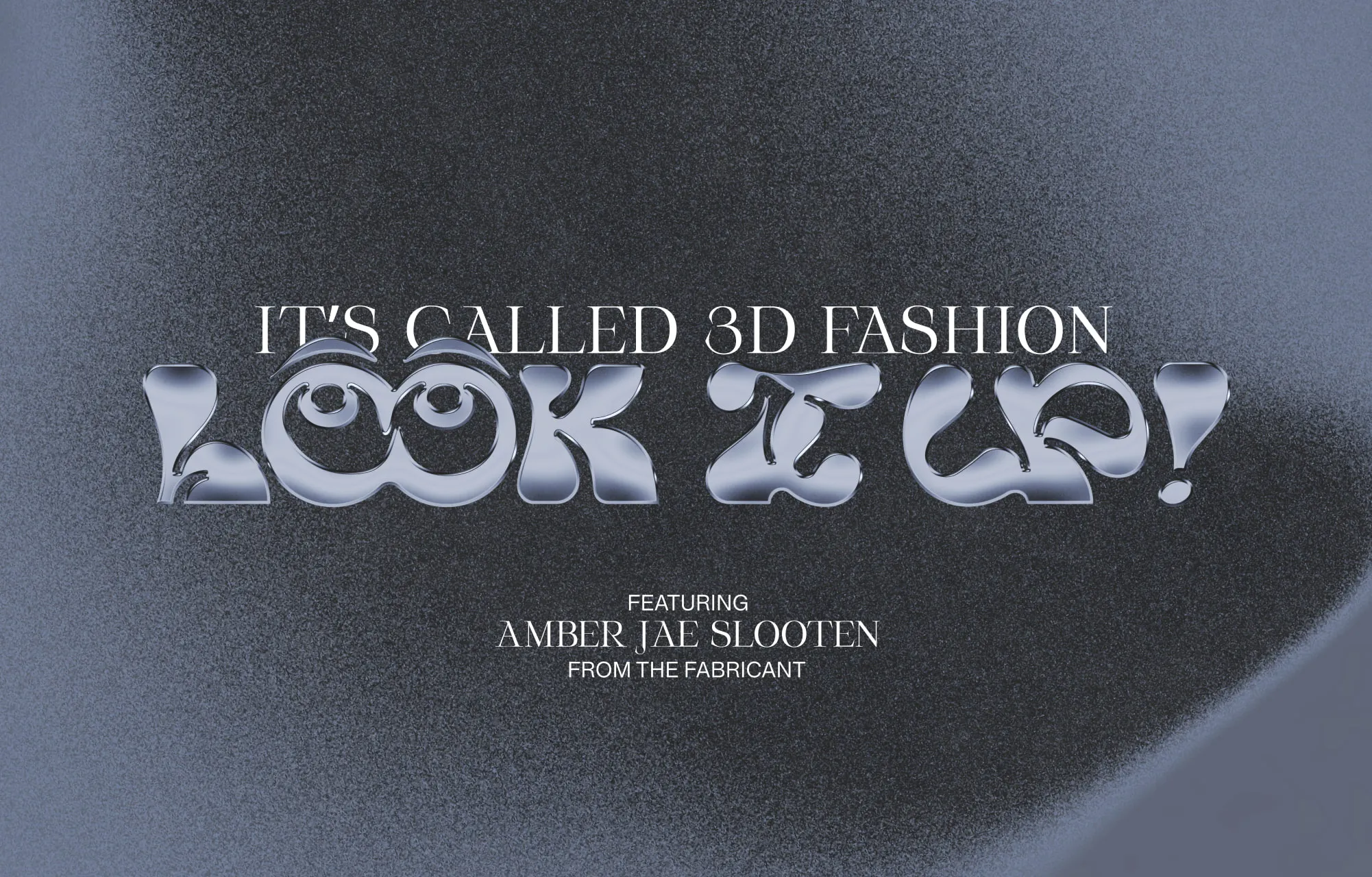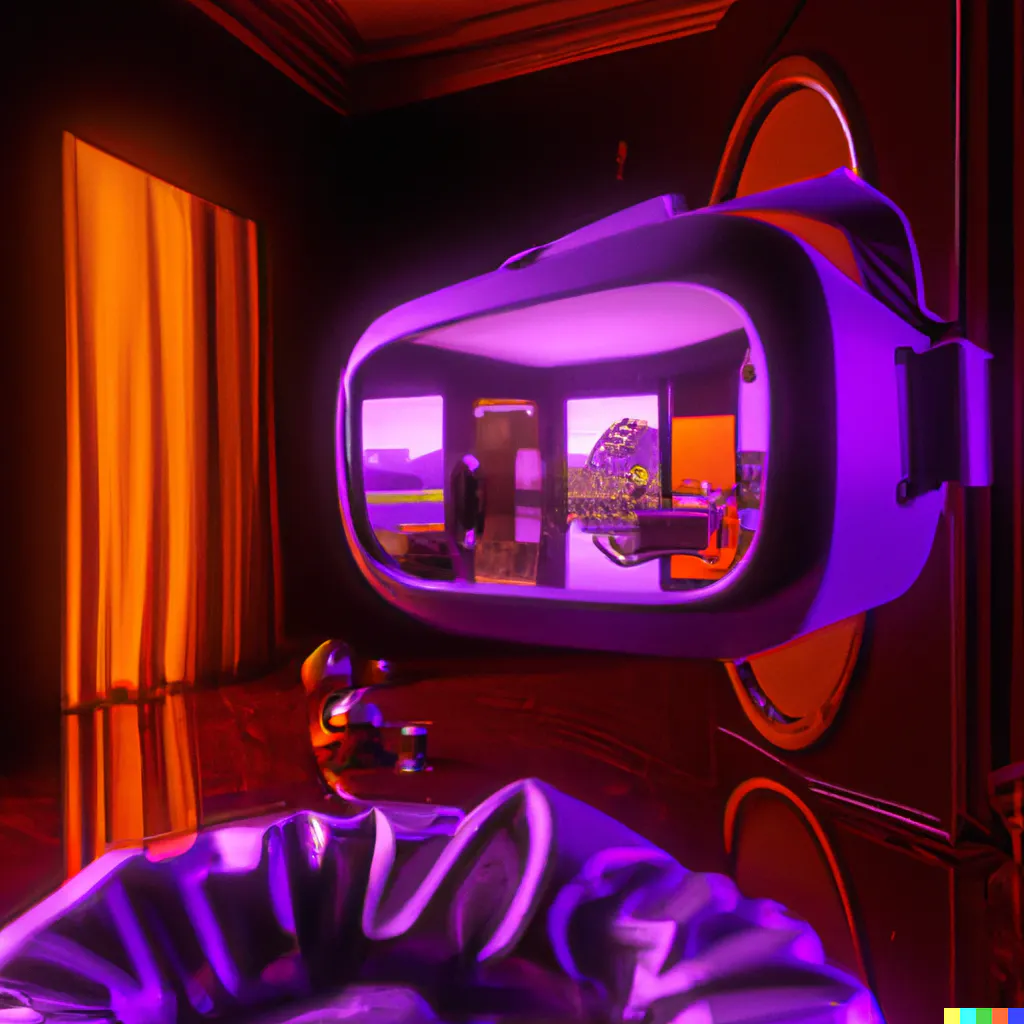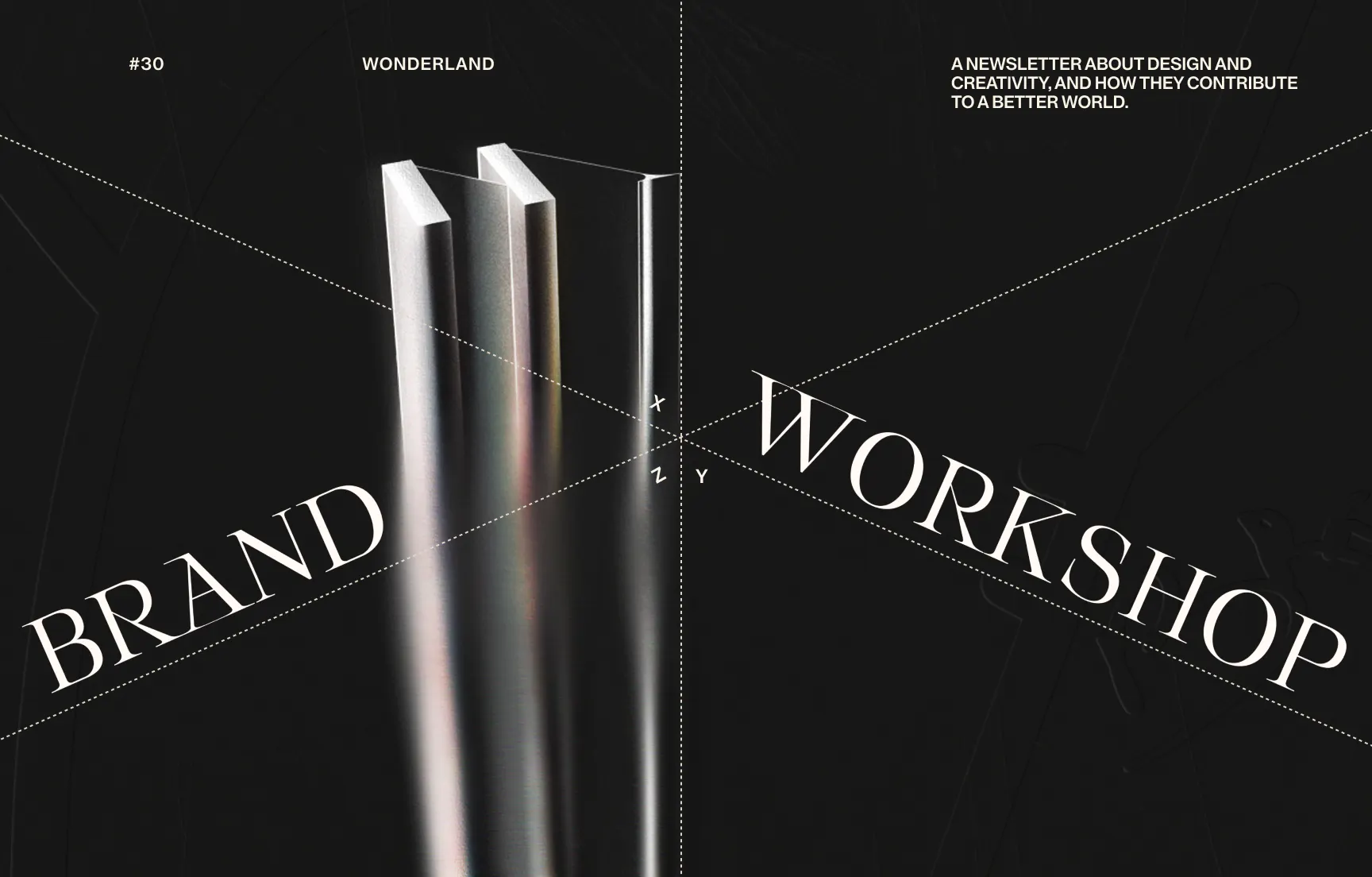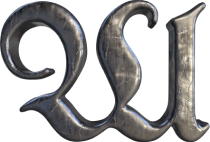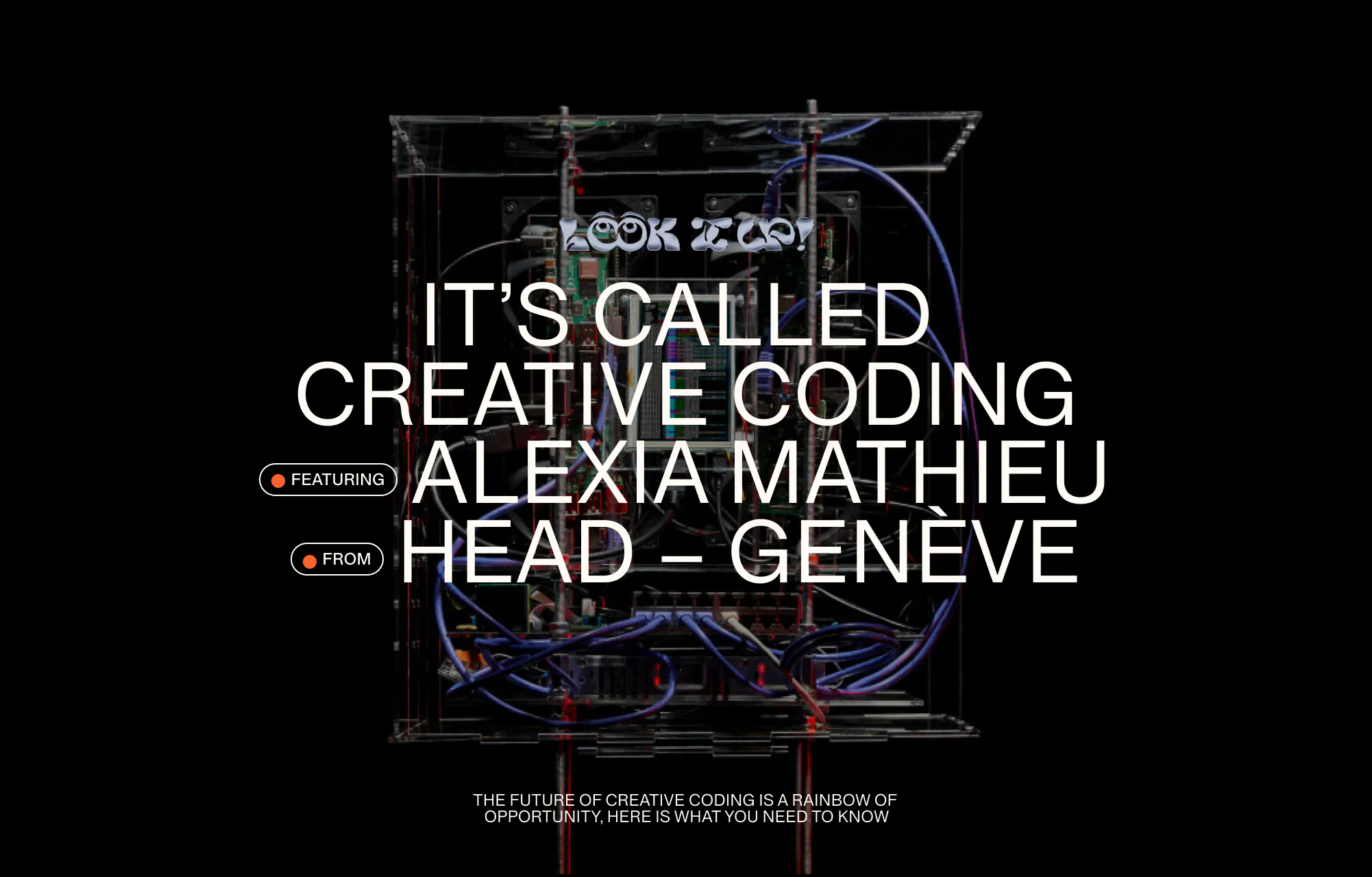
It's called Creative Coding! Look it up!
It's called Creative Coding! Look it up!
Creative Account Manager
Creative Code is easy to define but hard to explain. In simple terms, it’s an artistic and creative way to use programming but you’re not here for simple terms right?!
This is Look it up! We have interviewed an expert to answer all the questions you never dared to ask your designer friends.
Head of the Master Media Program at the University of Art and Design in Geneva
Alexia Mathieu is the Head of the Master Media program and the University of Art and Design in Geneva where she teaches and encourages students in their pursuit of knowledge in the fields of machine learning and AI. Alexia, also a freelance researcher and design strategist, collaborates with various startups and agencies in Europe to develop strategies for digital platforms, products, and services all while creating development strategies with speculative scenarios to build new imaginaries for the near future. In this edition of Look it up!, Alexia outlines the need for diversity and inclusivity in this specialized sector as well as highlighting the fact that a lot of the AI we are using in this flooded age of new technologies is problematic. Her goals, of that there are quite a few, center around clean data sets, our interaction with AI, and exploring machine learning with a more inclusive and collaborative approach.
Tell me about your job and role at the HEAD - Geneva, School of art and design?
Hi, I’m Alexia Mathieu, I'm the head of the Master Media Program at the University of Art and Design in Geneva. I’m also a researcher, a design strategist, and a master media liaison. The program is a two-year program where we explore all the facets of interaction design. In my role as the head of Master Media, students get to learn how to program, how to imagine new interactions with technology, and also objects to our surroundings. Right now we're really exploring machine learning: What does it mean to interact with artificial intelligence and what could be free applications for it? We also explore the environmental impact of digital technologies and what is our role as designers in an ecological crisis.
What have you found recently with your research on the impact that Ai is having?
We are really in the midst of it, we're really thinking about it. Right now with Dall-E and Mid-journey, these are great tools because they get people to generate images and text and whatever they want. But what we try to focus on in the Master's program is to go a bit deeper. If you want to actually interact with those algorithms you really have to build your own data set. You need to learn how to do web scraping. You basically need to learn how to also collaborate with computer scientists and engineers, so you're really trying to figure out how do we implement that in an ideological program. I don't really believe in all this hype that those machines are going to replace us. I think we should be looking at it more as co-creation, a collaboration. How can we incorporate those tools into the creative process? This is something that I really want to underline and something that we talk about with the students throughout our seminars - the creation of those data sets and how those algorithms are trained. When you look at the Dall-E or even OpenAI or Chat GPT story, what are they actually trained on? The data set and most of those data sets are not clean. They are based on many problematic data we can find on the web. There are a lot of biases that are linked to the data sets used in those AI programs. I think designers should also be aware of that when they use those too and ask those questions.
Can you tell us about your recently launched creative coding series and its main objectives?
I started the creative coding series three years ago, it is part of our workshop that we do each year where students get to learn the foundation of creative coding. I felt that creative coding can have a tendency to promote white male coders, which is totally fine, but I think there are so many other voices that need to be showcased and there are so many different approaches to creative coding. The goal of this series is to really show the breadth of priority of how you can approach this field, and how artists and designers really create their own method with creative coding, I wanted to show my students that there are so many different ways of going about it. I also wanted to show diversity. I wanted to showcase the different types of practitioners.
Do you have plans to expand on different creative technology courses and what would they be?
Each year we also do a distortion series online, which is a conference where we take a big topic in technology and try to demystify it. Last year it was the Metaverse. We heard so much about the Metaverse and with our conference we try to actually show people that the matter has been existing for a long time through different forms and that artists and designers have been also thinking about alternatives that are much more interesting. The next one will be in March this year and will be about machine learning and how you create data sets that are really about the data craft. I think if I were to do a new series on this it would be about the subject of the environment and the paradox that we face in the field of interaction design because you have the incentive to innovate and create new interactive experiences and I see my students becoming more and more aware of the impact that this practice has on the environment. How do you reconcile the two? Is it possible or not possible? Another subject might be everything going on with virtual production and cinema. I think it's a really fascinating field as well.
Can you define creative coding?
Creative coding is a method that uses computer programming, but only for artistic expressive means and methods.
What do you love about it?
What I love about creative coding is that it's not about achieving a specific goal, it's more about discovery, variation, exploration, and iteration. There's not really one medium title - you can use P5Js, or you can use processing javascript or touch designer if you're more into real-time-based experiences. A really good example for me lately that we also invite in our series was Tomo Kihara who basically created those interactive experiences to show people how they can deceive an algorithm. This means you have official recognition and the algorithm will categorize you as a threat or not a threat. And created this playful experience for people to actually learn about the danger of those technologies but also how they could have agencies towards them. That was a really amazing way of using creative coding in a playful way but also addressing a really important topic that will impact us and is already impacting us in our everyday lives. I think there's also the work of Computational Mama. She's an amazing artist based in Bangalore in India and she's really creating amazing playful interactions with AI as well. And I will also mention the work of Joana Mol who is also using creative coding as a way to make us aware of the impact of digital technologies on the environment. There is an amazing collective based in London called Feminist Internet who are really trying to tackle all the big issues related to internet equality specific to gender.
What are some good examples of creative coding being used well and on the contrary, not so well?
Feminist Internet is trying to create an additional assistant that is not feminine. That means it doesn't have a gender assigned to it. So, they're asking those interesting questions because we are impacted by how those objects and algorithms are coded. If you go to the source of that and you change that, then you can really create amazing experiences. Creative coding is all about expression and it should be used for efficiency purposes. I can’t think of a bad example.
What are the key skills you look out for in creative coding cadets? What is something you cannot teach in this line of work that has to come with the person's makeup?
I think the main thing you need to have is patience and to be good at managing your frustration because it is like learning a new language and there are so many different programming languages that exist. Some could be used to create interactive web applications, some for play interactions, some could be for rendering moving images for virtual reality. There are so many different ones, you have to be able to manage the frustration and also be good at asking for help and finding resources. You also need to be good at troubleshooting when you face a problem. It's an endless world and maybe my advice, if you want to get into it, is to think of a project that you like to do because I think when you have a project it motivates you to find the answers and I feel like starting with processing is always the good basic programming language for creative good.
You mention on your LinkedIn you developed a skill/recipe/ability to imagine scenarios in the future while studying textile futures. Now in 2023 have those scenarios come to life? how has creative code helped you to materialize these?
My studies about speculative design focused on major emerging behaviors with the short technologies around you and how you project them in your future, the near future, and how to propose alternatives to where the trends are going. My thesis at the time was about our relationship with smartphones. I had this whole timeline that developed as a love story and was imagining that in 2050 we had this embedded spoon and I guess when you see Elon Musk and all this craziness around neural link, it might come sooner or later. I was doing those scenarios more to engage people in the conversation and to make them realize how much those devices that we interact with every day have such an emotional impact, a behavioral impact, an impact on our bodies, and the way we relate to each other. So at the time that was my goal, but now in the research I do, I'm really interested in digital fashion and how we can create new forms of interaction with those virtual assets.
What are the most challenging and rewarding parts of your job?
It was never really my plan to be a school director, but I think it's a fascinating job. I feel really privileged to have this job because teaching always makes you question yourself, you always have to question your methods and adapt them, especially in interactions. And because it's moving so fast, you always have to keep up. I think what's challenging is helping the students become the designer they want to become. It’s important not to project things onto them, you should really receive what they want to become and listen to them and really help them as much as you can. It's about learning how to be direct but not too direct. It's about the balance that you have to keep with them (students). We're so inspired by them. They ask about health questions and they are really demanding that they want to make sure that the course represents different perspectives, that it's inclusive, and that there's diversity. So, I also love having those discussions with them. And in a more practical way, just the hours and managing, you know, this job with my other job on the side, it's always been like juggling a lot of things at the same time. My schedule is always moving. I have had to learn how to be flexible because prior to that I was working in an agency in San Francisco so I was more used to a widget schedule. I have to be really flexible.
Where would you like to see creative code going?
In HEAD we are really thinking about how we can change the way we teach creative coding. There is this tool called copilot by G tube and co-pilot is actually an ai or an algorithm that will suggest pieces of code while you code. It's been interesting to work with and when it came out it caused a bit of a stir because people were saying, “oh my God you train that algorithm into all the codes that all the artists and designers and engineers created without really asking us” - a lot of controversies! But it's there and it's gonna stay and I think it's going to become more and more of the common practice of having an algorithm of creating the code for you and you cannot be the creator of that code but will be shaping that code. I don't think we can keep on teaching in the way we are doing right now. How do we incorporate machine learning into this practice in an ethical and meaningful way? I would love to see more and more diverse voices, who actually use creative coding to make us experience either playful things, or poetic things, but also to ask the hard questions about our society and how we relate to technology. Trying to keep students motivated to continue to study a skill when there's all this other stuff in the background that's automatic is interesting. What matters to me is that the students understand the data set and how you build a data set and the ethical question that comes with it. Collaborating with engineers and computer scientists is a really important skill to harness in the field of creative coding. What matters is that you have the vocabulary and you know what's possible so you can collaborate with other people. I think the designers will be amazing and imagine new applications for AI and maybe a new form of interaction with AI.
Industry
I wish we would see more brands that are using creative coding to create tools to generate their visuals or their identity. Their brand system could become generative and it allows people to generate endless possibilities within the constraints of their brand values and identity. So it’s more like creating a tool and a framework than a fixed identity. Some studios like Dia Studio have already been implementing this approach for a while but I feel like in general graphic designers do not make the most of what is possible with creative coding. While it’s not necessarily linked to creative coding per se, I think it would be really exciting to see more studios train their own neural networks with their own smaller but more interesting datasets. This makes me think of oio studio, a London-based creative company that incorporated Roby, an AI creative director as part of their team. I feel this could open up a lot of interesting ways of co-creating with an AI.
Education
In general, it would be great to see more creative coding classes being taught in graphic design courses, not with the intention that students become skilled coders but simply so they can know more about the possible applications and opportunities with creative coding in the field of communication. When used in a poetic and playful way interactivity can allow us to communicate important issues to a wide audience. More specifically: in the field of interaction design - I think with tools such as copilot with Github we will have to rethink how we teach creative coding to our students. I don’t have the answers yet but I feel the idea of co-creating with an AI while coding might in some ways change how we approach the field. Otherwise, I hope that creative coding will keep being taught in design school, it’s such a wonderful and fun field.
How can sustainability be incorporated in this practice? Is it possible?
Yes, it is possible to some extent. We have a tendency to underestimate the ecological impact of digital practices. Gauthier Roussilh, a French researcher specializing in the environmental issues of digitalization, teaches how to create a website that is low-carbon emission. So there are some very practical ways to do that but we do not see enough of these approaches. I would also like to mention the work of Joana Moll that we interviewed in our Creative Coding Series. She creates interactive pieces so people can understand and experience the materiality of the Internet. Beyond creative coding, we also teach in our MA Media Design program how to repurpose discarded electronic objects to explore the roles of discarded electronic devices and data by imaging alternative services, objects, or experiences.
Head of the Master Media Program at the University of Art and Design in Geneva
Glossary of references
Tomo Kihara - design and code toys for thought that invites people to inquire through play.
Computational Mama - Her work explores live coding and teaching as a form of camaraderie, friendship and self-care.
Joana Moll - Creates interactive pieces so people can understand and experience the materiality of the Internet.
Feminist Internet - They're an amazing collective based in London And feminist internet is really trying to tackle all the big issues related to internet equalities, you know, gender.
Other

